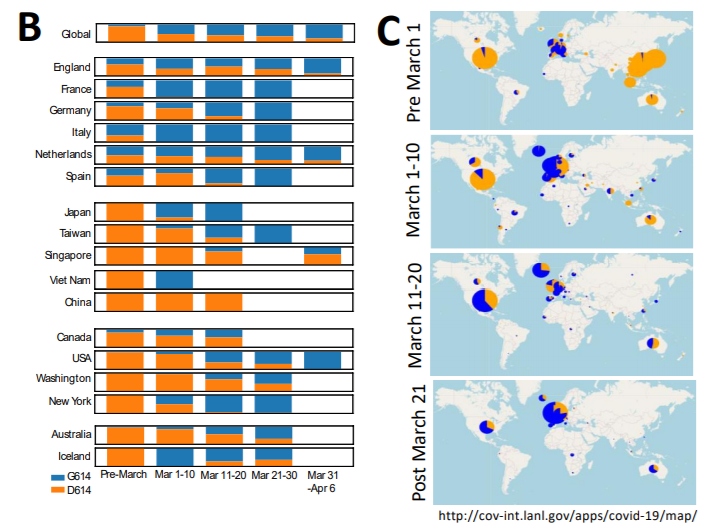2/NN
As the mutation is in a protein key to cell binding, this isn't an unreasonable hypothesis.
4/NN
5/NN
6/NN
7/NN
8/NN
@wcassias & @pavitrarc.
However we must also be cautious here - there are confounders in who was hospitalised when, time to collection & how comparable CT values are over time.
10/NN
11/NN
12/NN
biorxiv.org/content/10.110…
13/NN
Nuance is lost - people get the idea there's a more 'dangerous' virus, & people get worried & upset. We then spend a *lot* of time trying to put the nuance back in.
14/NN
15/NN
16/NN
See @edyong209's great piece for more: theatlantic.com/health/archive…
17/NN
Trevor's thread, which I've already quoted a few times above:
18/NN
18/NN








